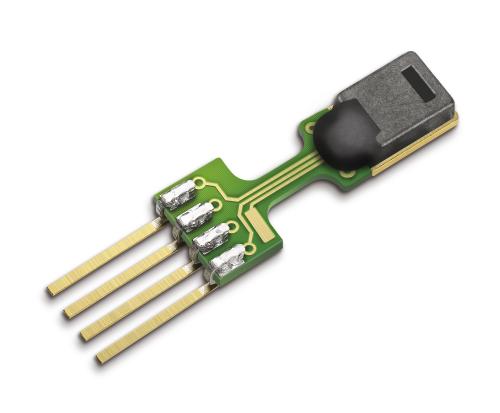With recent advancements in microelectromechanical systems, low-power integrated circuits, and wireless communications, wireless sensor networks have gained immense significance [1][2]These distributed networks facilitate the efficient utilization of resources as well as create countless opportunities for everyday life applications: personal healthcare, home automation, environment monitoring, industrial automation, and defense surveillance to name a few. Sensor networks are vulnerable to environmental conditions of their deployment area and may experience damage. If a part of the network is destroyed, the network needs to be reconfigured or repaired. Due to a number of issues and adjustments in available resources, the mechanisms of the wireless sensor network must be self-organized. For example, in task allocation, cooperative communication, and dynamic data-collection activities, self-organization can enhance the capabilities of wireless sensor networks related to applications, network, and physical layer.
翻译:暂无翻译




